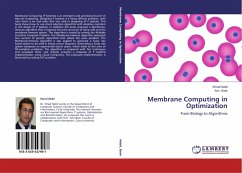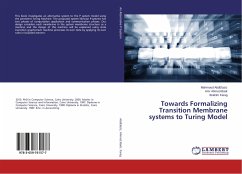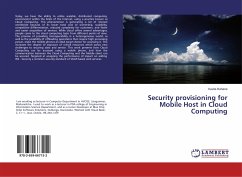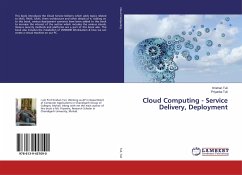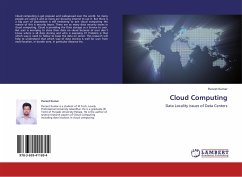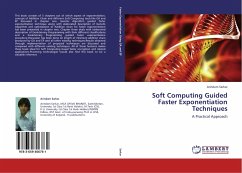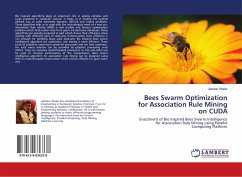Membrane Computing (P Systems) is an emergent and promising branch of Natural Computing. Designing P Systems is a heavy difficult problem. Until now there is no tool exists that can help in designing of P systems. This book shows how to use clonal selection algorithm with adaptive mutation in the design of P systems. In Addition the book proposes a Membrane-Immune algorithm that is inspired from the structure of living cells and the vertebrate immune system. The algorithm is tested by solving the Multiple Zero/One Knapsack Problem. The Membrane-Immune algorithm surpassed two variants of genetic algorithms that solved the same problem. The Membrane-Immune algorithm is also applied to generate a fuzzy rule based system to be used in breast cancer diagnosis. Generating a fuzzy rule system composes an exponential search space, which leads to the area of NP-complete problems. The algorithm is compared with five techniques and surpassed them. Last chapter presents a proposal of P Systems implementation using Cloud Computing. The proposed Implementation is illustrated by solving SAT problem.
Bitte wählen Sie Ihr Anliegen aus.
Rechnungen
Retourenschein anfordern
Bestellstatus
Storno

